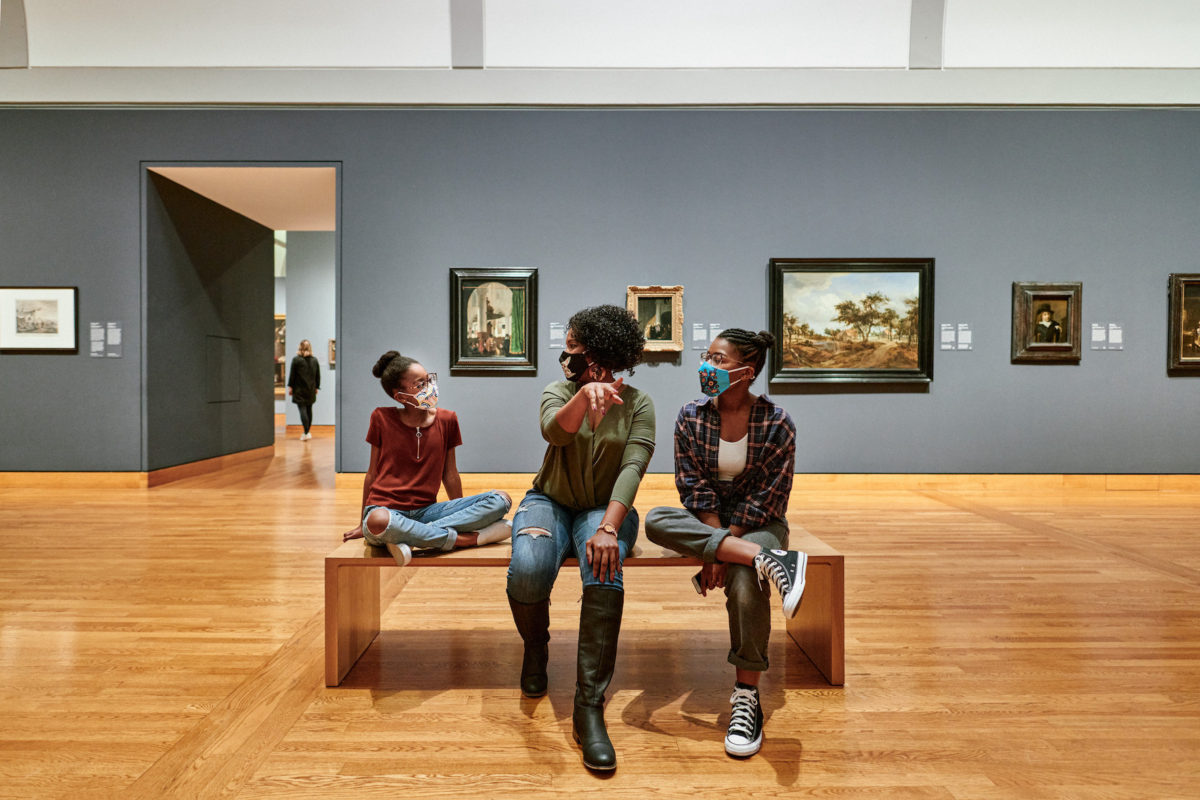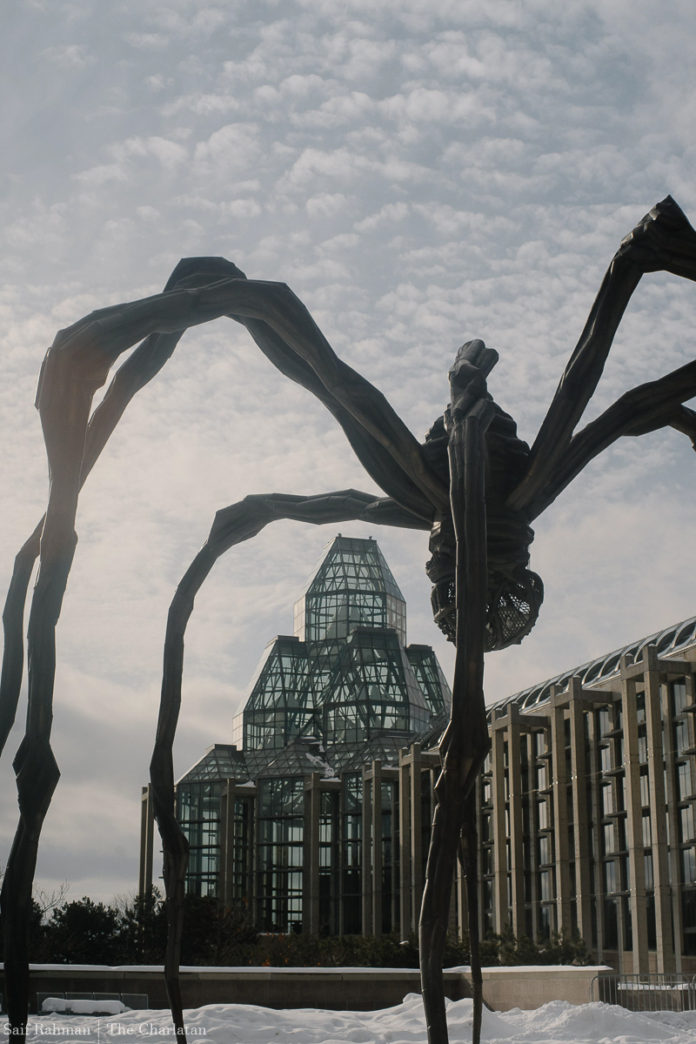The National Gallery of Canada (NGC) released its first ever strategic plan on May 25. Titled Transform Together, the plan outlines the NGC’s vision for its operations and curation over the next five years.
According to the gallery’s press release, the plan consists of five goals with a focus on justice, equity, diversity, inclusion and accessibility. The gallery included its new mission statement in the press release.
“Through the visual arts, we create dynamic experiences that open hearts and minds and allow for new ways of seeing ourselves, each other, and our diverse histories,” the release said.
Angela Cassie, the gallery’s vice-president of strategic transformation and inclusion, described the strategic plan as an accountability tool. Cassie said prioritizing humility throughout its implementation is crucial and that the plan is a “vision that we need to grow into.”
Pillar four of the strategic plan focuses on Indigenous ways of knowing and being. Within the plan, the gallery expressed an intention to decolonize its operations.
“Through partnerships with Indigenous leaders, we will create the space and time required to redesign our path as a colonial institution,” the plan reads.

Cassie said the gallery reached out to local Algonquin Elders for insight and guidance. In turn, the Elders gifted the gallery the Algonquin word Ankosé, meaning everything is connected, to describe what this plan aims to achieve.
Cassie said the gallery has been working to understand and apply this concept.
“We need to stop thinking in a square and start thinking in a circle,” Cassie said.
The gallery plans to work alongside the group of Elders on a regular basis and a permanent Indigenous advisory team will be established. Cassie said there is a lot to learn from Elders and the broader Algonquin community in order for the gallery to dismantle systemic barriers.
“With an emphasis on healing, we will anchor our present and future in the past, and in the knowledge of Indigenous Elders and ancestors,” the plan reads.
The plan aims to encourage deeper dives by the gallery into exhibits, asking questions about how pieces can be more inclusive at their origins, Cassie explained.
The NGC’s Rembrandt exhibition, set to open when COVID-19 restrictions are lifted, begins to explore these issues. According to Cassie, this exhibition is meant to encourage open conversation by telling the artist’s story through Western, Black and Indigenous lenses.
The gallery’s website points out the connection between the Dutch Republic of Rembrandt’s time and Turtle Island, due to the interactions between settlers and Indigenous peoples. Cassie said within this exhibition, the question of which voices we’re not hearing becomes relevant.
“The wealth that supported artists like him was drawn from traded goods and enslaved peoples,” she added.
Cassie said a work of art is misunderstood without knowledge of the artist, the period and other perspectives. She pointed out this concept circles back to the idea of Ankosé and offered a metaphor to describe the way art should be observed.
“We tend to look through a five by seven frame. Instead, we need to start looking at art through a 360-degree lens,” Cassie said.
When asked about the Rembrandt exhibit, Jaime Morse, the Michif-Cree education officer of Indigenous programming for the gallery, had some concerns.
“I see Rembrandt as a continuation of amplifying white male voices,” she said. “Though [the exhibition] is centering Indigenous voices, it feels like a façade to me.”
Morse said it is important to tell more truth, and sit in those truths for longer, when recognizing racial and cultural issues underlying works of art.
“We have to find out what we’ve done to harm Indigenous artists, Indigenous community members, and even the very land that the gallery sits on,” Morse said.
Even though there’s an outline in the strategic plan, Morse said her objective is focused on continuously pushing for reconciliation as an Indigenous person.
“The gallery is starting to really show what we can do in support of Indigenous staff,” she said. “We still have a long way to go, but meaningful change feels realistic.”
Featured image by Saif Rahman.






